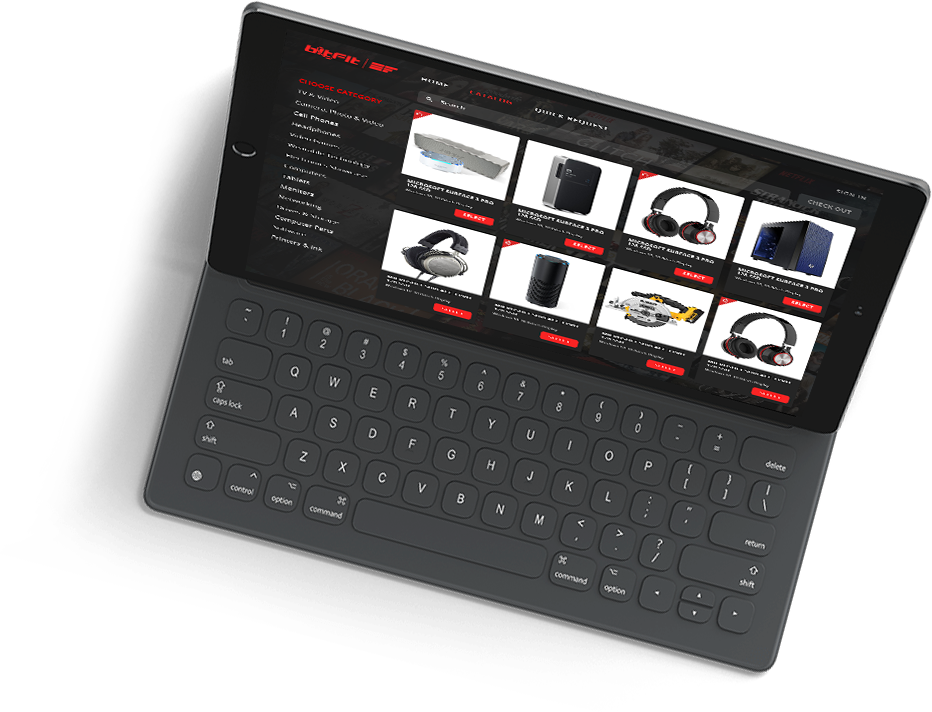
Asset Management Defined
Asset management is a systematic process of developing, operating, maintaining, and selling assets cost-effectively. It is crucial across various industries, from real estate to manufacturing, and significantly impacts an organization’s bottom line.
Manual vs. Automated Processes
While modern businesses increasingly lean towards automation for efficiency, manual processes remain integral in asset management. This article delves into these manual methodologies, discussing their relevance, application, and the nuanced balance with technological advancements.
Importance of Manual Processes in Asset Management
Historical Perspective
Traditionally, asset management has been heavily reliant on manual processes, particularly in sectors less touched by technological advancements. Machines cannot completely replicate the depth of human judgment and the tactile nature of manual inspections and audits.
Benefits of Manual Processes
Manual methods in asset management offer several advantages:
- Human Judgment: Critical in decision-making processes where context and subtlety are key.
- Flexibility: Manual processes are more adaptable to unique situations or rare exceptions.
- Personalized Control: Allows managers to engage deeply with assets, fostering a thorough understanding and tailored management strategies.
Limitations of Automation in Complex Decisions
While efficient, automated systems sometimes fail to navigate the complexities of nuanced decision-making required in asset management, particularly under variable conditions that demand a high degree of discretion.
Key Manual Processes in Asset Management
Asset Inventory and Recording
The process involves physical verification, tagging, and data entry by hand. These tasks ensure a tactile check that can identify issues that automated systems might overlook, such as unreported damage or misplacement.
Maintenance Scheduling
Manual scheduling allows managers to consider variables like employee availability, the historical context of asset use, and other nuances that software may not fully integrate or understand.
Compliance and Risk Management
Manual compliance reviews ensure that all regulations are thoroughly understood and adhered to, with contextual considerations that might not be fully codified into automated systems.
Financial Management and Reporting
Certain financial aspects, like depreciation calculations and expense tracking, can benefit from manual processing oversight, ensuring all elements are considered and accurately reported.
Challenges of Manual Processes
Error Rates
Manual processes are prone to human error, ranging from data entry errors to oversight in maintenance logs, which can lead to significant discrepancies and potential financial losses.
Efficiency Concerns
These processes are often time-consuming, less consistent, and slower to scale, especially compared to their automated counterparts.
Scalability Issues
Manual methods can inhibit the scaling of operations as the volume and complexity of assets increase beyond the capacity of traditional management techniques.
Technological Integration in Manual Processes
Tools that Enhance Manual Efficiency
Software tools that assist in manual data entry or provide mobile access to maintenance logs can enhance the accuracy and speed of manual processes without fully automating them. An excellent example of such a tool is bitFit, designed to streamline and simplify manual asset management tasks. bitFit offers a robust suite of features that facilitate quicker, error-free data entry, ensure real-time updates to maintenance logs, and provide on-the-go access through its mobile apps. This makes bitFit an invaluable asset for organizations looking to maintain the benefits of manual oversight while leveraging technology to enhance efficiency and accuracy.
Hybrid Models
Many successful asset management systems use a hybrid approach, integrating manual and automated processes where they are most effective to optimize the benefits of technology and human oversight.
Future of Manual Processes in Asset Management
Trends and Predictions
The future will likely see an increased integration of technology in manual processes through AI and ML. These technologies can predict maintenance needs and optimize scheduling while still relying on human oversight for critical decisions.
Skills and Training for Future Asset Managers
Future asset managers will need to be knowledgeable in both traditional manual processes and modern technological advancements, becoming adept at effectively blending these tools.
Conclusion
Recap of Necessity and Value of Manual Processes
Despite the rise of automation, manual processes continue to play a critical role in asset management, offering flexibility, personalized control, and the benefits of human judgment.
Balancing Technology and Human Oversight
The optimal asset management strategy in the modern age is not about choosing between manual and automated processes but integrating both to harness their strengths. This balanced approach can lead to more effective and nuanced asset management.

